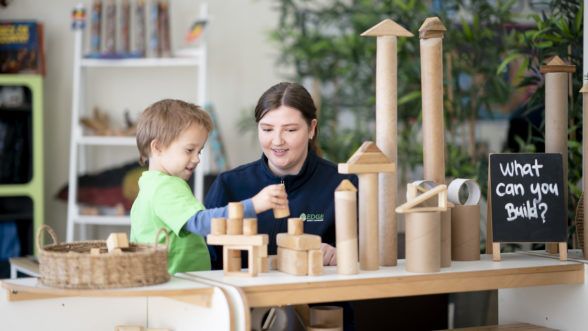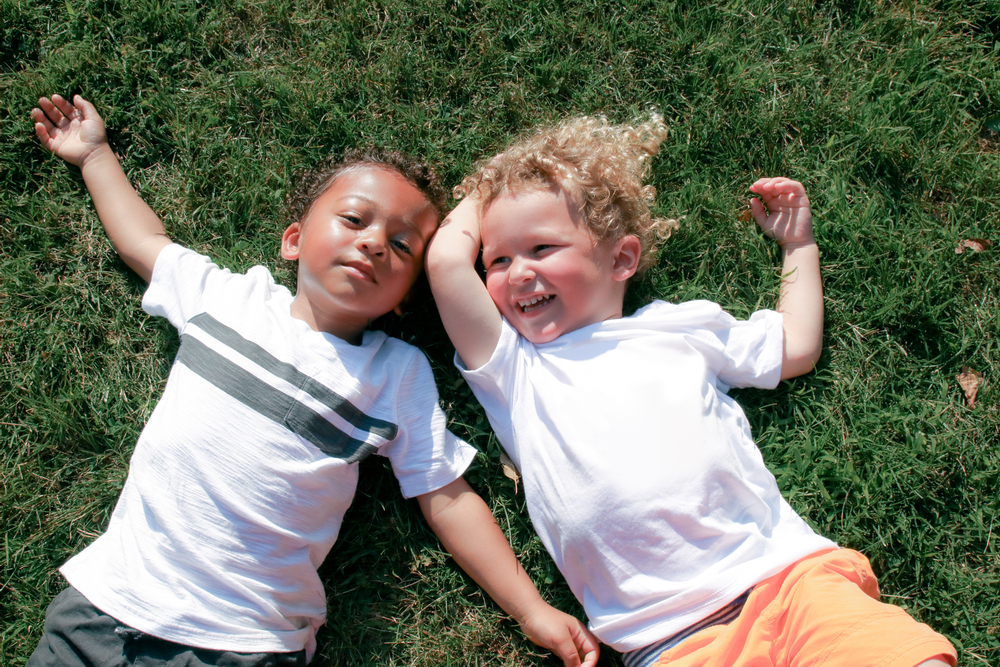
Uncategorised
Uncategorised
13 September, 2026

How to teach children about inclusivity and diversity
Inclusivity – it’s an essential skill that, still, many adults need to learn. There are so many benefits to raising a more inclusive generation: it ensures that everyone has opportunities to thrive without discrimination or judgment, promotes open-mindedness and adaptability, and, quite simply, makes the world a better place.
Experts believe that when it comes to teaching inclusion, it’s a case of the earlier, the better. From the moment your child begins forming relationships with their peers, they should also be educated on the importance of inclusivity.
So, if you’ve been wondering how to teach inclusion in your own home, or how educators focus on inclusion in the classroom, listen up. We’ll provide a comprehensive rundown on what diversity is for kids, and how we teach inclusion to students.
What is inclusivity in childcare?
According to Early Childhood Australia, inclusion in childcare means that every child has access to, participates meaningfully in, and experiences positive outcomes from early childhood education and care programs. In broad brushstrokes, teaching diversity to pre-schoolers and in early childhood ensures that all children feel supported to participate meaningfully in day-to-day learning, within a framework that celebrates each child’s strengths and interests.
Industry experts agree that implementing inclusivity into childcare through early childhood programs enables educators to support children’s rights and recognise the positive and diverse influences on children’s development. For children, inclusive teaching accounts for cultural context (think socioeconomic status, ethnicity, and ability) to meet their various needs, affecting their experience strengths in the long run.
What is inclusive teaching in early childhood?
So what is inclusive teaching? According to Yale’s Poorvu Center for Teaching and Learning, inclusive teaching can be separated into two categories:
At Edge, inclusive teaching is entwined with our learning outcomes. We focus on enabling children to become effective communicators, develop their sense of identity and wellbeing, and become confident and involved learners. At the kindergarten age – where social circles and cliques can begin to emerge and leave lasting impacts – we strive to help your child reach certain development goals like taking part in conversations, telling stories, and playing, sharing, and cooperating with other children.
Ways to help children be more inclusive of others
While you can rest assured that your child will develop an understanding of diversity and inclusivity in childcare, there are plenty of ways that you can continue this education at home. Help your children become more inclusive by:
Talk about topics like unintentional exclusion: Exclusion isn’t always malicious, so educate your child on the subconscious actions that may make another person feel left out or discriminated against.
We hope these tips on inclusivity and diversity were helpful and can help to start conversations with your children on important issues and topics. If you would like to find out more information about Edge Early Learning’s programs or more regarding our approach to inclusivity and diversity, don’t hesitate to get in touch today!